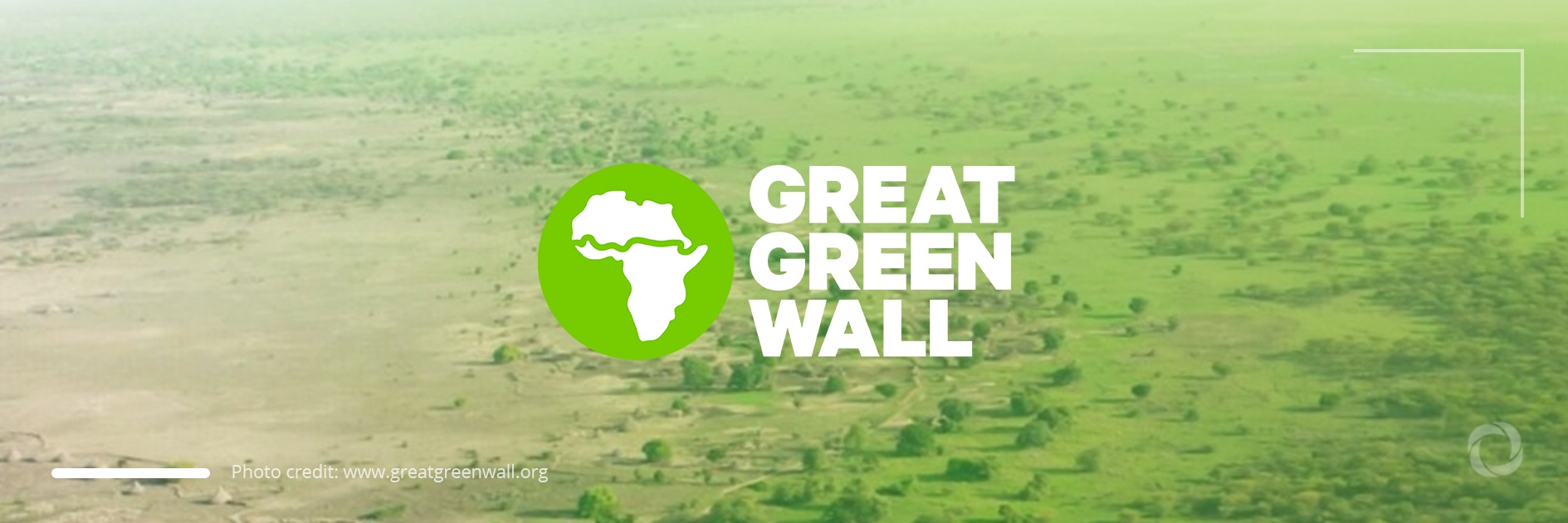Africa is carrying out an ambitious project that seeks to promote sustainable development by managing drylands, by implementing climate-smart agricultural solutions, sustainable pastoralism, and a green energy infrastructure as well as the effective management of natural resources. Although so far only 25% of the project has been implemented, it appears to have already had a hugely positive impact on people’s lives there.
The Great Green Wall initiative comprises reforestation projects in the Sahel region which stretches from west to east Africa and makes the transition between the Sahara desert and the savanna. The project aims to restore 100 million hectares of land, sequester 250 million tons of carbon and create 10 million jobs in rural zones. The area is especially vulnerable to natural hazards driven by climate change such as droughts and floods which fuel food and fresh water scarcity. Furthermore, according to projections, temperatures in the region may rise 1.5 times more than the global average.
In the Sahel area, people are affected by poor health, lack of education, inadequate living standards, disempowerment, poor quality of work, and threats of violence. They live in areas that are environmentally hazardous where the poorest indexes for health, schooling, and quality of life globally are recorded.
This is why the Great Green Wall is not simply about reforestation but its goal is also to encourage and promote sustainable development by managing African drylands, by implementing climate-smart agricultural solutions, sustainable pastoralism, and green energy infrastructure as well as the effective management of natural resources. The project also aims to curb soil loss in Africa.
“The year 2021 marks the beginning of the Decade for Ecosystem Restoration – and the Great Green Wall is an inspiring example of ecosystem restoration in action. This initiative alone won’t transform the Sahel’s fortunes overnight, but it is rapidly becoming a green growth corridor that is bringing investment, boosting food security, creating jobs, and sowing the seeds of peace,” said Susan Gardner, Director of UNEP’s Ecosystems Division.
Commenting on the slow pace of implementation, James Biglia, External Relations Officer at the United Nations Convention to Combat Desertification, told DevelopmentAid that its completion is in the hands of the people:
“The Great Green Wall is firstly owned by communities. Community management is at the heart of the Great Green Wall.”
However, James Biglia also noted that, despite the slow pace of implementation, the project has already changed people’s lives for the better with 18 million hectares of land having been restored, over 350,000 jobs created, and around US$90 million in revenues generated between 2007 and 2018 through GGW activities. The land restoration has positively impacted 15 of the 17 Sustainable Development Goals (SDGs) and the US$90 million generated has, for instance, helped to reduce rural poverty, SDG Goal 1, he specified.

